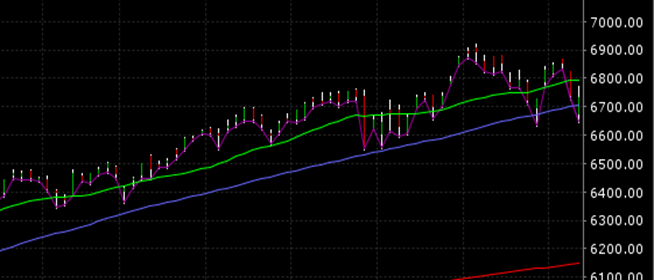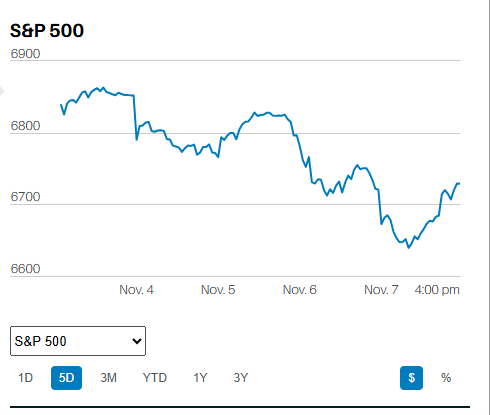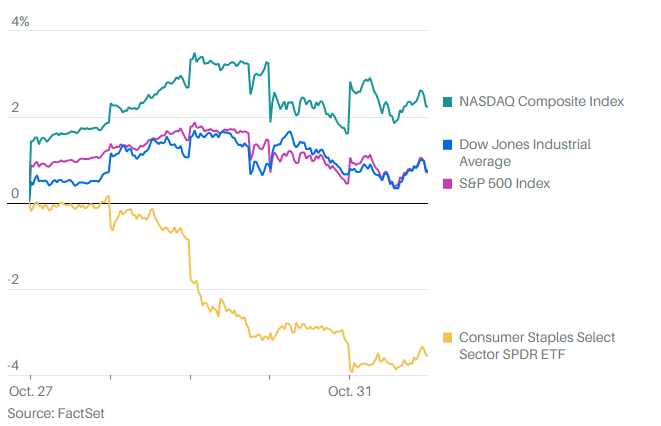
Your 401(k) plan is an important benefit. You would do well to review it to make sure you’re taking advantage of all it has to offer.
Previously in “Plan Sponsors Are Fiduciaries”, I wrote that many 401(k) plans are bundled, and the costs hidden. A 401(k) plan with hidden expenses is less than ideal for a busy Plan Sponsor who is trying to provide a great benefit to employees, but can’t easily find out what the plan is costing the company and its participants. As for plan participants…forget about it. There is no requirement for Plan Sponsors to share plan costs with participants other than the investment line up costs, which can be found in the Investment Comparative Chart. However, that doesn’t mean we can’t figure out whether a plan is high-cost or low-cost. It’s also possible for participants to judge if their plan is generous or not when it comes to eligibility requirements, entry dates, employer contributions, over-all cost, and distribution rules.
First, as a general rule, if your plan is bundled onto an insurance company or wire house platform (for example: Merrill Lynch) your plan is more expensive. Insurance companies and big broker-dealers will typically charge double what an unbundled platform such as Vanguard, Fidelity or Employee Fiduciary will charge for record keeping. It’s possible to save tens of thousands annually on record keeping simply by moving to an unbundled platform. The savings stay in the plan, working for participants and leaving them with hundreds of thousands of extra retirement dollars 20 and 30 years later.
One way for a participant to tell if they’re in an expensive plan is to look at the investment fund lineup. Their plan is expensive if the fund lineup is composed of mutual funds with operating expense ratios that are high. The operating expense ratios are high because the mutual funds are sending some of that money to your TPA, Record Keeper and Plan Advisor to make it look as if those service providers are charging less than they actually are. An investment fund lineup of index funds, with operating expense ratios of 0.05% or so, means that no one is dipping into your investments to cover hidden fees. However, you may see that your index funds operating expense ratio is 0.50%, or more. Guess what? Plan providers are getting revenue sharing.
As well, investment lineups are often not what they should be. A basic requirement is for plan participants to have the ability to build a properly diversified portfolio, which means having access to all of the building blocks. Incredibly, many plans will have five or six large cap mutual funds (basically the same investment), but no short-term bond fund, inflation protected bond fund, real estate option, or international bond fund, all necessary for building a diversified portfolio. The target date funds are diversified portfolios, but they are also fund of funds and can be expensive (whether there’s fee sharing going on or not).
As for whether a plan is generous to participants or not: A generous plan allows for immediate, or nearly immediate, eligibility with no entry date. There is an employer match with a short, or no, vesting period. The plan has a: loan provision, a hardship distribution provision, and an in-service distribution provision. A less generous plan will have a 12-month waiting period, semi-annual entry (which means you may not be allowed to participate for up to 18 months), no match or profit sharing, and no loan, hardship, or in-service distribution.
Your 401(k) plan is an important benefit. You would do well to review it to make sure you’re taking advantage of all it has to offer. You might also want to have a 401(k) plan specialist take a look at your plan for suggestions on how to improve it for everyone - employer and employee alike.
Read Part I: Plan Sponsors Are Fiduciaries
http://www.norwoodecon.com/blog-1/2018/11/1/plan-sponsors-are-fiduciaries











